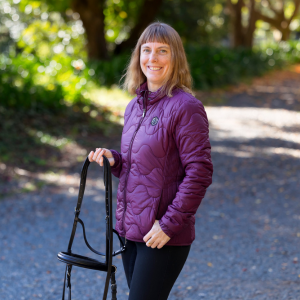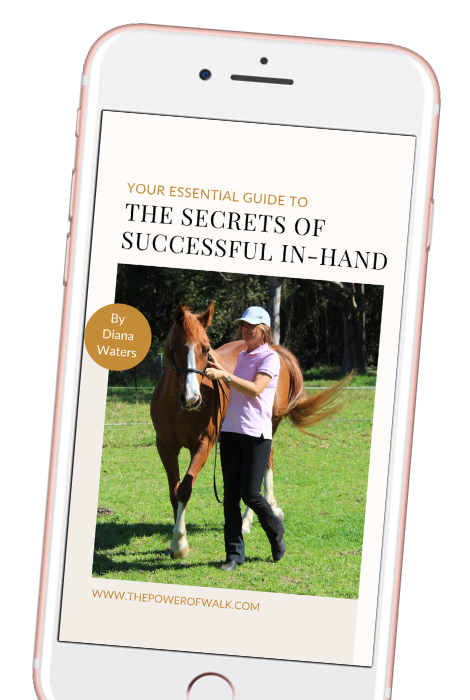
The “weightlifter” face
I find it very important to use a horse’s facial expressions as information as to whether the work they are doing is beneficial and enjoyable for them.A lot of people use the analogy of a weightlifter to explain why they think it is reasonable for a horse to have a sustained pain/stress face while working. A weightlifter grimaces with the effort of lifting, so why shouldn’t a horse grimace with the effort of piaffing?Here’s why I disagree:I believe that we should aim to make everything we do with a horse beneficial for the horse’s body and mind, and enjoyable. So, riding them should make their body stronger and healthier and should not cause pain or discomfort.I do not believe that we should be riding them purely to prove our skills, or win competitions. If competitions can be won in a way that also benefits body and mind then I don’t have an issue with that, but I think it is important to remember that winning competitions is of absolutely no benefit to the horse.. it’s purely for the rider.The reason I believe these things is that I think that riding is only ethical if the horse benefits in some way. Otherwise, we are exploiting an animal for our gain. The horse is often powerless, or believes they are powerless, to say no, so given that they can’t consent, we are responsible for deciding whether what we are asking for them to do is in their interest.A weightlifter grimaces because they are pushing their body to the limits, in order to win competitions. They are not pushing their body to the limits because it is good for their body.When we choose to push our own bodies to the limit, this is a choice that we make, usually for a certain goal such as losing weight or winning at a sport. Horses may also need to lose weight, but this can easily (and more safely) be achieved through diet, gentle exercise and lifestyle without pushing them to the limit.If we can build strength, posture, balance and fitness (enough for the horse to be healthy and safely carry a rider) without pushing the horse to their limits, then is it ethical to push a horse to the limits, enough to make them grimace?I think it takes a lot to make a horse grimace through effort. For example, showjumpers jumping extremely high fences are often not grimacing. Anja Beran rides her horses in high level dressage movements, and they are usually soft in the eyes and muzzle.I think the nature of dressage competitions can create this. For example, competitors get higher marks for greater difficulty, such as sustaining Piaffe for longer. I don’t understand why this is.. what skill is being proven here? We very rarely see a correct piaffe in Grand Prix dressage, yet this issue seems to be completely ignored by judges, marking highly for grimacing horses giving endless repetitions of laboured, irregular, triangulated piaffes.In dressage, we also see other issues like BTV, tight tack, strong rein contacts and jabbing spurs which are all accepted by judges and are definitely not benefitting the horse in any way.Out of interest, I wanted to get a snapshot of dressage horses’ facial expressions. So into Google Images I typed “dressage horse face”. Here is what I saw. Oh dear.



